Many of the “Merendón” mountain villages overlooking the Caribbean Sea belong to the municipality of Omoa, located in the northwestern part of Honduras and bordering Guatemala.
On the other side of the mountain is the city of San Pedro Sula, the most important industrial city in Honduras, capital of the department of Cortés, and episcopal seat of the diocese of the same name.
In almost all the villages of this mountainous area, you can find farms with abundant woodland filled with what are known as “cacao sticks,” which usually have a height and shape similar to plums or apple trees.
The cultivation of this plant, once quite marginal, has been increasing in recent times, since the farmers obtain a higher economic yield than if they cultivated coffee, corn, or beans.
If, however, you ask about the location of a chocolate factory in San Pedro Sula, you will discover that nobody knows how to give you directions to that place. Likewise, if you want to taste a sample of this product, you will have to go and look for it at the largest supermarkets, and there you will find only the most expensive chocolates from the United States or Europe.
You might be even be more surprised to discover that this area in the valley of the Ulúa and Chamelecón rivers, seems to have been the birthplace of cocoa in the days before the Spanish arrived in Central America. According to historians, the inhabitants here, like those of southern Mexico, belonged to the Mayan people and culture. They had commercial exchanges with the inhabitants of the Yucatan peninsula, and cocoa seems to have been the currency of exchange in their commercial transactions.
When, Hernán Cortés began the conquest of Mexico with a very small number of Spanish soldiers, he had to enlist the help of other indigenous peoples subjected to the Aztecs, who were waiting for the hour of revenge against their oppressors. In Yucatan, Cortés obtained the invaluable help of a friar from Seville who had been living there for eight years. His ship had been wrecked on the shores, and he had been able to survive as a slave to a local chieftain. The so-called friar, Jerónimo de Aguilar, knew the Mayan language and had also learned the customs of the town in which he lived, including the processing and production of chocolate. He passed the formula on to his former compatriots.
It is said that one of the first places in the Old World where chocolate was consumed was the Cistercian monastery of Piedra, in the province of Zaragoza.
When tourists visit Aragón and its capital, Zaragoza, and want to obtain some local souvenirs, they discover that the sweetest fruits that they can find are the so-called “fruits of Aragon”, which consist of a piece of candied fruit covered in fine chocolate.
Father Iván Juarros, CM, a member of the Congregation of the Mission ministering in the El Merendón mountain region, saw the “cocoa sticks” and remembered the days when he lived in Zaragoza and would eat a chocolate bar while translating Cicero.
In Puerto Cortés, where he currently resides, it is more difficult for him to obtain a chocolate bar than the poetic work of Virgil (which can be downloaded quickly and easily from the internet). However, having chocolate delivered by Amazon can be very expensive.
On Friday March 8, the International Working Women’s Day, a small group of women participated in a training session on the premises of the old children’s home in Puerto Cortés … training with regard to the production of chocolate from the valuable local product, which is almost entirely exported abroad. The chocolate instructor was Neo Del Cid, a Honduran, who has resided outside the country for thirty years, and has given training in this area of expertise in Guatemala, Mexico, and the United States. It was a complete course, theoretical and, above all, practical, given with dedication and through his kindness, free of charge. All of this happened in response to the request of his friend Karen Pineda and Father Ivan.
In the attached photographic report you will see unfold before your eyes the process of making chocolate that is now known as “Puertocao” … a product which we hope our future customers will find as pleasing as the children of the Hogar San Ramón, who sampled the first fruits of our labor.
We trust that the newly formed cooperative of working women committed to the parish will succeed and that, in the near future, this cooperative will be a source of work and income for many other women.
The Zaragoza Area Council of the Society of San Vicente de Paúl is supporting this project with some modest but invaluable financial resources … funding that is sincerely appreciated.
The formula for making this product is a trade secret. We can say that our product is one hundred percent natural, no additives. Only the Visitor and the pastor of Puerto Cortés know the formula. Therefore, if later our formula circulates on the web, we will know how this occurred … Although if the Cistercian prior of Piedra could not keep secret the formula of Brother Jerónimo de Aguilar, then perhaps it is asking too much that the “Puertocao” formula not be published.
Fernando López Rajadel.
SSVP-Teruel.
Source: http://pauleszaragoza.org/



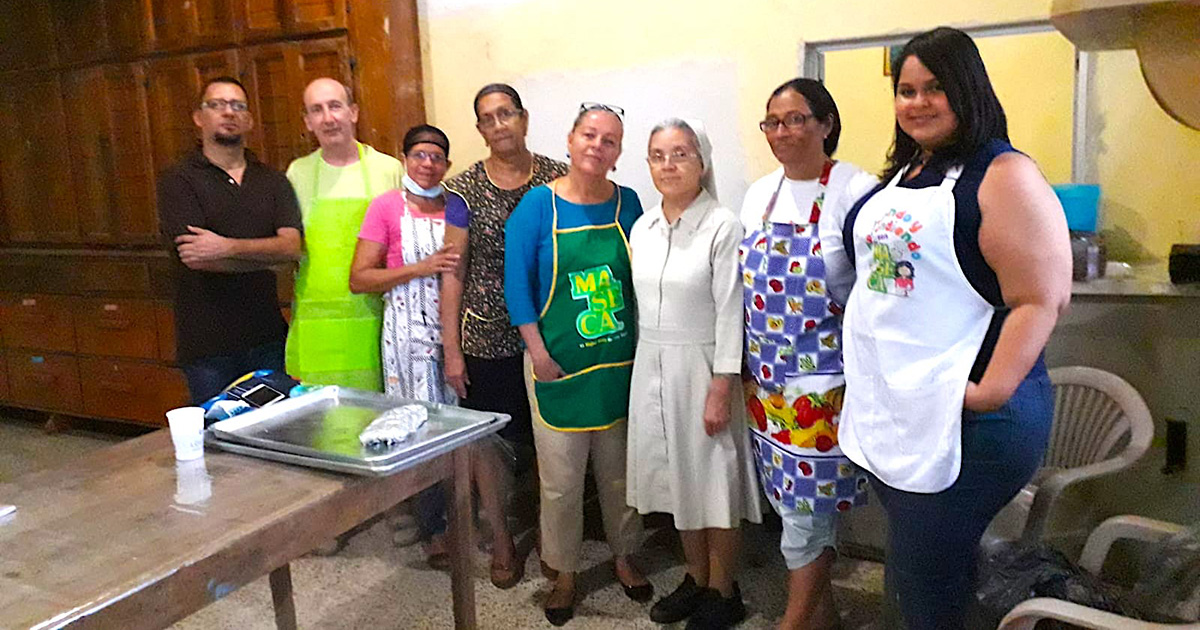
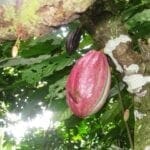
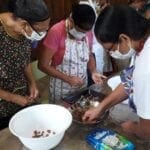



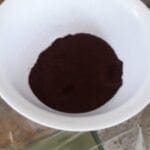
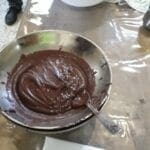
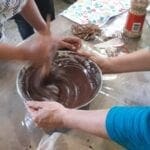
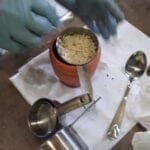
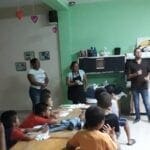




What a wonderful project! It deserves to succeed. Congratulations!
How can I order some?